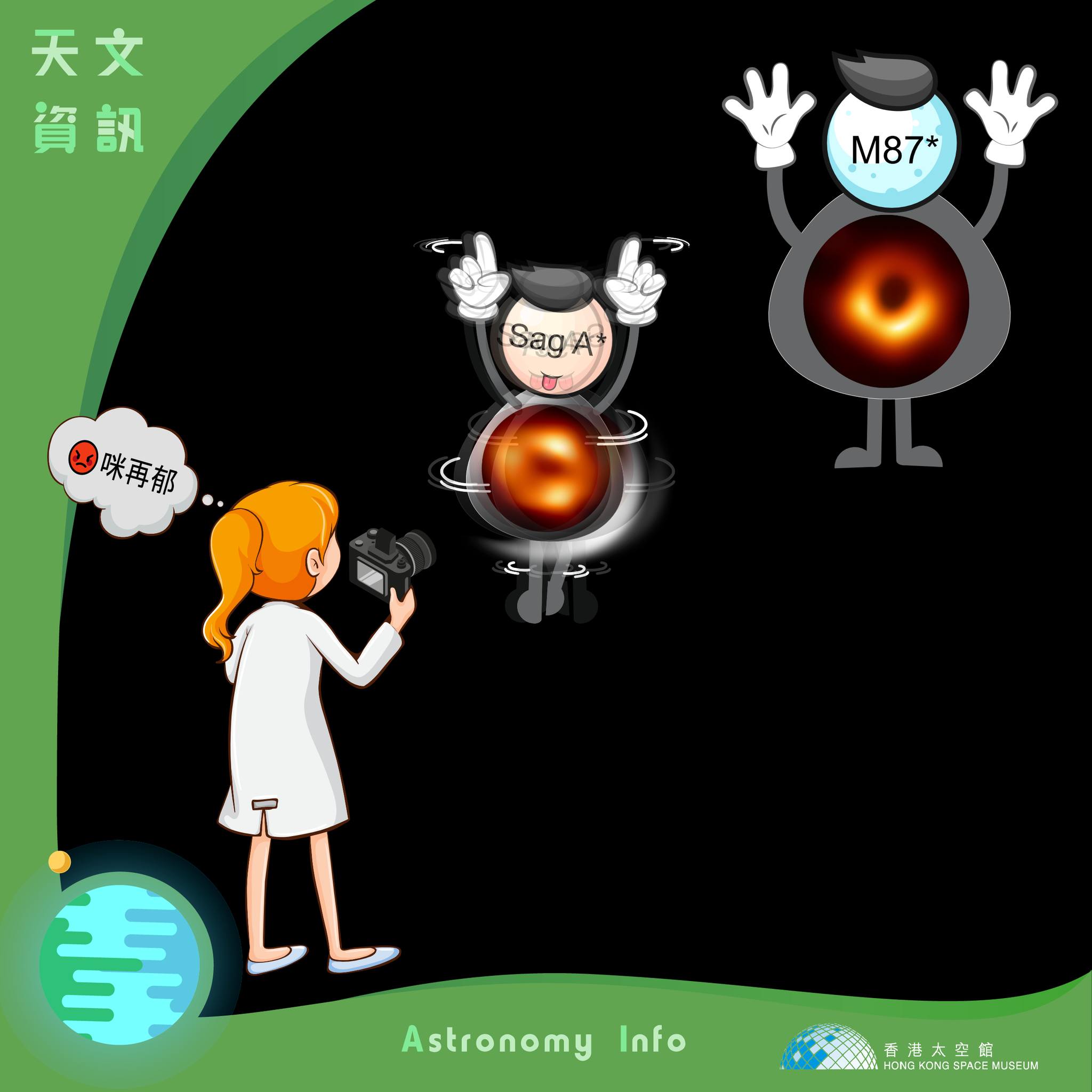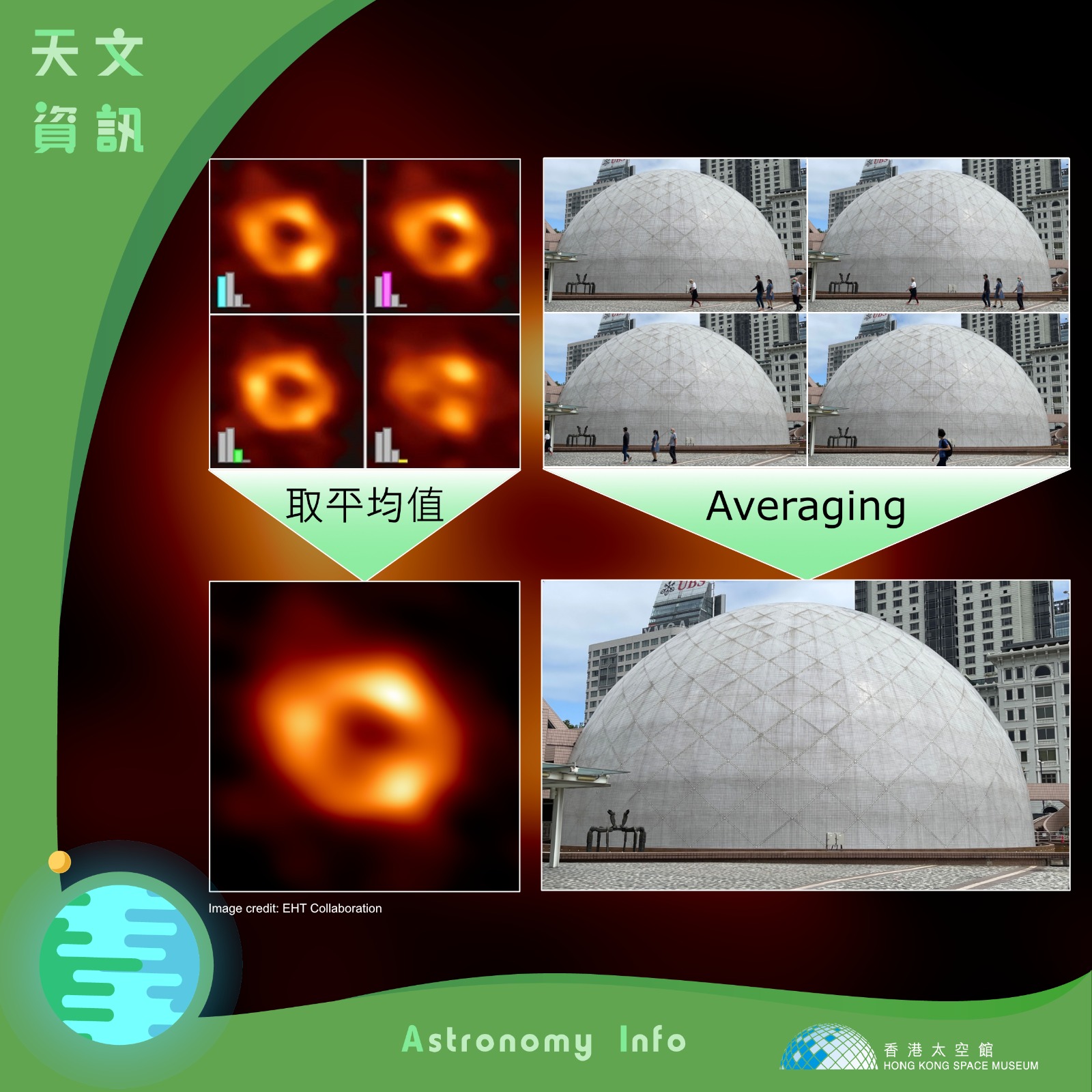Last Thursday (12 May), the legendary Event Horizon Telescope (EHT) released the first "image" of a supermassive black hole, namely Sagittarius A* (Sag A*), at the heart of our Milky Way galaxy. It is also the second black hole ever to be "imaged" in human history after M87* supermassive black hole seen in 2019.
Normally, taking a picture is a piece of cake. The picture is all over on social media in the blink of an eye. However, it is said that EHT observed Sag A* on April 2017. How come it takes FIVE YEARS just to process ONE image?
Imaging Sag A* is extremely hard. It is mainly because:
1) Too tiny: at a distance of around 27,000 light-years, visually Sag A* "sized" merely around 0.0000518 arc-seconds, or 70 millionths of a degree (the angular size of the Moon is around 0.5 degree);
2) High variability: M87* black hole is more than 1,000 times more massive than Sag A* black hole. In contrast to M87* in which the materials orbit every several days to a month, the materials around Sag A* are moving much faster at a timescale of several minutes. Since each EHT observation lasts for a couple of hours (like a camera with a prolonged shutter speed), imaging Sag A* is a bit like trying to take a clear picture of a puppy chasing its tail.
To overcome the last challenge, over the years the team developed and tested a number of data analysis techniques. To reveal the outlook of Sag A* black hole accurately, the team analysed data collected at different times and classified them into representative groups based on their morphologies ("cluster analysis"). The final image is an average over different subsets with similar morphologies.
I know, black holes may not be your everyday object to shoot. Interestingly, you can apply the black hole imaging technique in everyday life.
Landmarks attract many tourists. It seems very hard to snap a photo without anyone in it. There is a solution: take many pictures every few seconds at the same place. Then, combine that batch of pictures by averaging or taking the median from a photo editing software. VOILÀ! All people are gone!
The key to success is to combine pictures – by averaging, you emphasise the common features (buildings, roads, trees, etc) appearing in most of the pictures, while ignoring non-repeating moving features (walking people, cars, etc). Similarly, since Sag A* black hole is changing rapidly, each image is slightly different but consistent among the sea of EHT data (32GB per second!). A ring clearly popped out from the final image. What a beautiful verification of the theory of General Relativity!
If you want to know more about the supermassive black hole closest to us, don't miss out the talk by a member of EHT, Prof. Chan Chi-kwan, University of Arizona tomorrow! The talk will also be streamed online.
To know more about black hole imaging, you may watch this video: https://youtu.be/dXRACQC9kU0 or read this article: https://iopscience.iop.org/article/10.3847/2041-8213/ac6429





